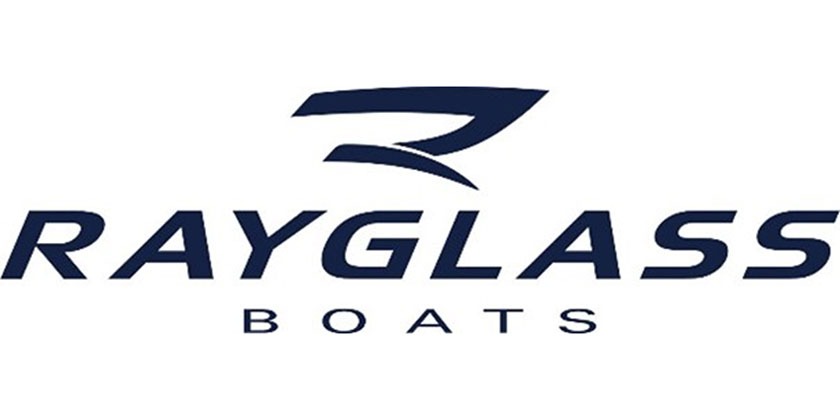RYA CALLS FOR END OF COMPULSORY FLARES

Mar 30, 2021
The requirement for recreational boaters to carry distress flares is in Canada and in most other western nations including the UK. We learned last week that the Royal Yachting Association (RYA) has responded to a consultation, launched by the UK Department of Transport (DfT), on the disposal of pyrotechnic flares.
The RYA says that the compulsory carriage of flares by recreational boaters is an outdated and ineffective approach to maritime safety.
Having to carry flares, the RYA says, directly creates the problem of their disposal.
The RYA’s main case for the removal of the compulsory carriage is both the technological advances in alternative equipment, and the inherent lack of reliability and effectiveness that the flares provide.
“Modern technology such as radios, phones and other satellite connected technologies provide safer, affordable and significantly more reliable alternatives to pyrotechnic flares,” says Phil Horton, RYA environment and sustainability manager. “It is disappointing that this consultation does not consider removing mandatory carriage requirements as part of the solution as, in our opinion, that is the only viable way ahead.
“However, should the MCA continue to require the carriage of flares, then the RYA’s view is that extended producer responsibility is the only reasonable solution for their safe disposal. A levy on the purchase of new flares, and a requirement for vendors to recover out-of-date product, would ensure that industry addresses the issue.”
Across Canada, boaters have dutifully bought fresh flares as required without (in many cases) having a way to dispose of the old ones. The Canadian Power and Sail Squadrons working with CIL Orion has run a program for flare disposal for many years, but funding is hard to come by and the scope of the program is dwarfed by the size of the issue.
One of my friends believes he has about 35 flares on his keel boat. If there was ever a fire onboard, he’d go supernova! At some point, we have to find a way to dispose of the old flares and it would certainly be best if the industry had a hand in guiding us to new solutions.
I have to wonder – are there marinas and yards across Canada with a locker of old flares? ‘Bet there are many and that means there is a danger should one of these ever catch fire. Also, there is a rarely discussed environmental aspect to a flare deployment. These leave a big environmental stain when they are deployed.
Old distress flares need to be disposed of in a safe and environmentally responsible way and that will cost money. The RYA believes there are better solutions for lifesaving and safety. I think it’s time we discussed this again as an industry.
Andy Adams – Editor
























